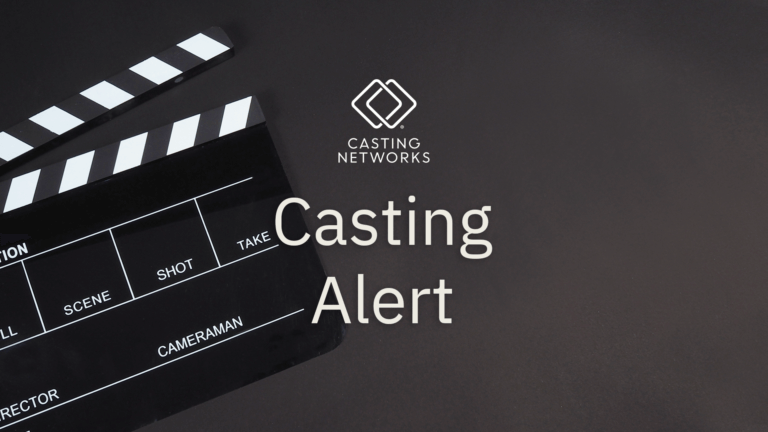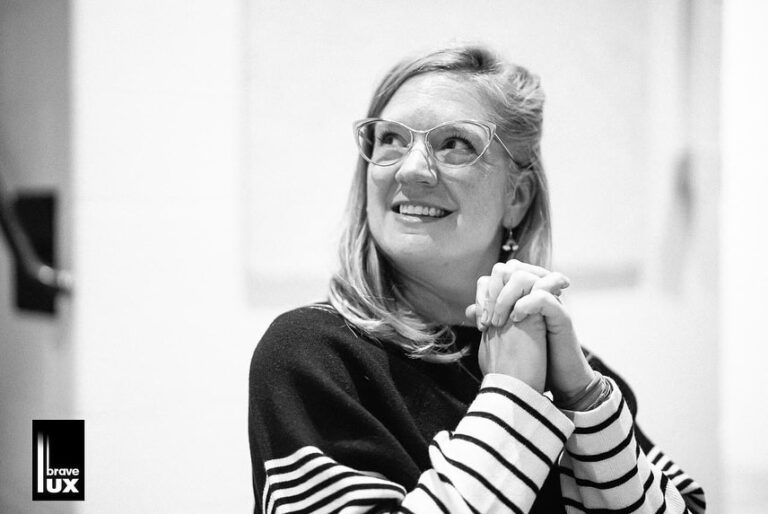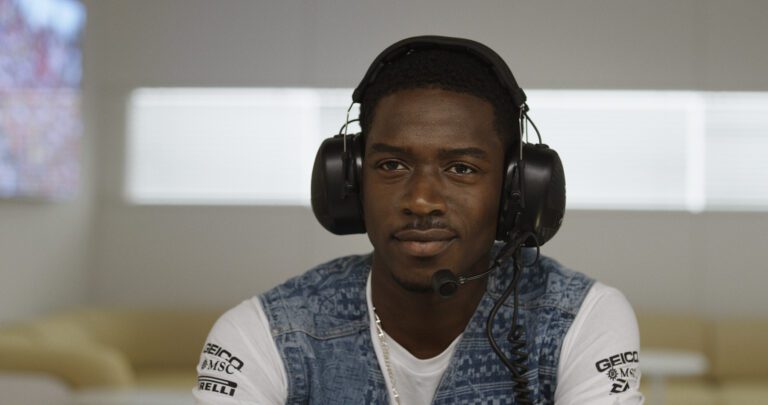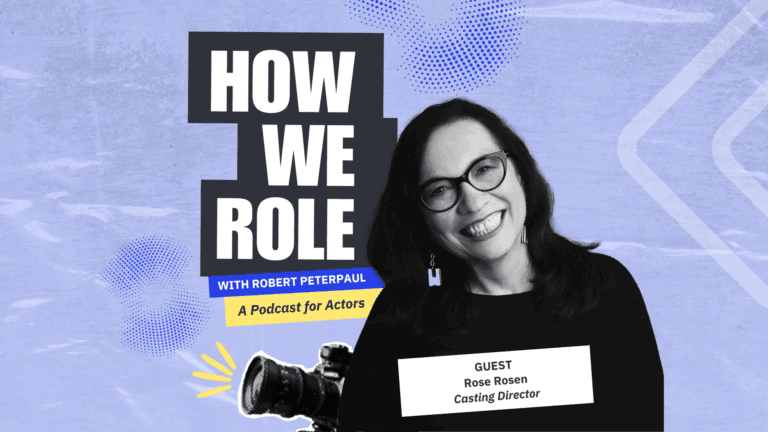While most films will (and should) have stunt professionals handling the major combat content, having some combat for stage and film skills can be a huge asset. I always recommend classes for actors who can take them–even if you never perform a fight. It’s an incredible way to learn and practice efficient storytelling through movement, and many of its tenets are applicable elsewhere (it will also make you a better scene partner).
Even if stunts and combat aren’t your primary focus, it’s good to know how to handle yourself. Here are some tips to help you be a good fight partner when it does come up.
Know Your Role As a Stunt Professional
If stunt professionals are slated to perform combat, let them. Too many people have been hurt because an actor wanted to do all their stunts without the training to do so. Make sure to be strictly honest on your resume about your abilities–if certain skills are years behind you and rusty, take them off the special skills till you can dust them off and perform them safely.
Put Safety Above Ego
When you are performing a fight, your partner’s safety must be placed above your ego at all times. This does not mean being hesitant or pulling back on your choreography, as we will cover in the next point. It means part of your brain always needs to be assessing and reassessing safety measures
Be a Good Fight Scene Partner, Not a “Nice” Partner
This is advice I have heard in some form or another from almost every fight instructor I’ve ever had. If you’re being too “nice” to your partner, you’re fighting with hesitation, not giving them enough pressure on contact, anticipating moves, etc. The storytelling suffers and it makes it harder for your fight partner to do a good job.
There should already be measures in place–targeting, choreography, distance–to keep everyone safe, overcompensating doesn’t do anyone favors. Trust them to do their job, and do yours wholeheartedly.
Fight Choreography is About Storytelling, Not Showing Off
It can be incredibly tempting to want to do the choreography with as much flash and speed as you’re able, but remember the goal of the fight in the first place. Good combat tells a story. It’s not just a spectacle for spectacle’s sake, it moves the plot and develops characters.
If your character is losing the fight or is supposed to be an unskilled fighter, you have to honor that. Make your partner look good! If your character takes a punch, sell it. No audience will buy into the story and stakes if the fighters aren’t playing the danger and injuries that come with violence. Carry any wounds with you as you move through the fight. Portrayed violence has a developmental arc. The play shouldn’t stop when the fight starts and pick up again when it ends. The fight is part of the story and should support it.
Communicate and Negotiate With Your Fight Partner
Things come up. Cues get missed, targets go wide, moves get whiffed. If you’re in a live show or a situation where it would be beneficial to press on (if it’s still safe to do so), communication and negotiation can save you.
When something goes wrong, check in with your fight partner. Re-establish any safety measures that have gone wonky (distance, targets), let acting fill the gaps and proceed to the next logical move when it’s safe to do so. Most of the time this communication and negotiation occurs quickly and nonverbally, so it’s essential that you establish trust and communication with your fight partner well before you both get on stage to perform.
The more awareness you have of your partner’s body in the space, and your own, the better you will be able to co-navigate through bumps in the road.
Precision and Fluidity Over Speed
In the heat of the moment, it’s so easy to let adrenaline take over and speed things up. The problem is that once you speed up beyond rehearsed speed, things get sloppy. Partner communication gets harder, targets get muddy and the story loses specificity.
In moments of high adrenaline, or any time you’re unsure, a good rule of thumb is to value precision over speed. Make sure you’re breathing through it, preserve the rhythm of the fight and make your actions clear and impactful. Speed will follow, and you’re probably already going faster than you think. Stick to what was agreed upon in rehearsal.
There are so many nuances to being a good fight partner. Keep training; build time on task. The best gift you can give yourself and any fight partner you have is to keep learning, no matter where you are in your career.
Looking to get your big break? Sign up or login to Casting Networks and land your next acting role today!
You may also like:
- Kahleen Crawford Talks Casting ‘The Buccaneers’ During COVID, How Casting is Like “a Long-term Relationship With Performers and Their Agents”
- Kahleen Crawford Talks Casting ‘The Buccaneers’ During COVID, How Casting is Like “a Long-term Relationship With Performers and Their Agents”
- What’s Casting: Nestlé, Supreme Source, ‘Sed De Venganza’ and More













